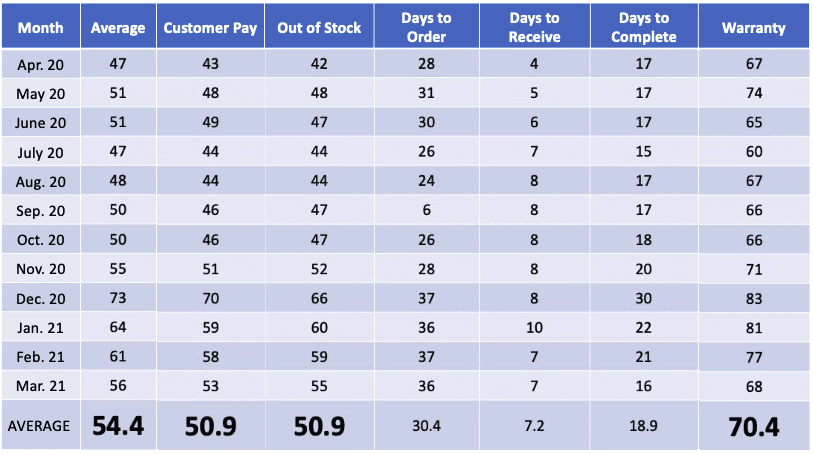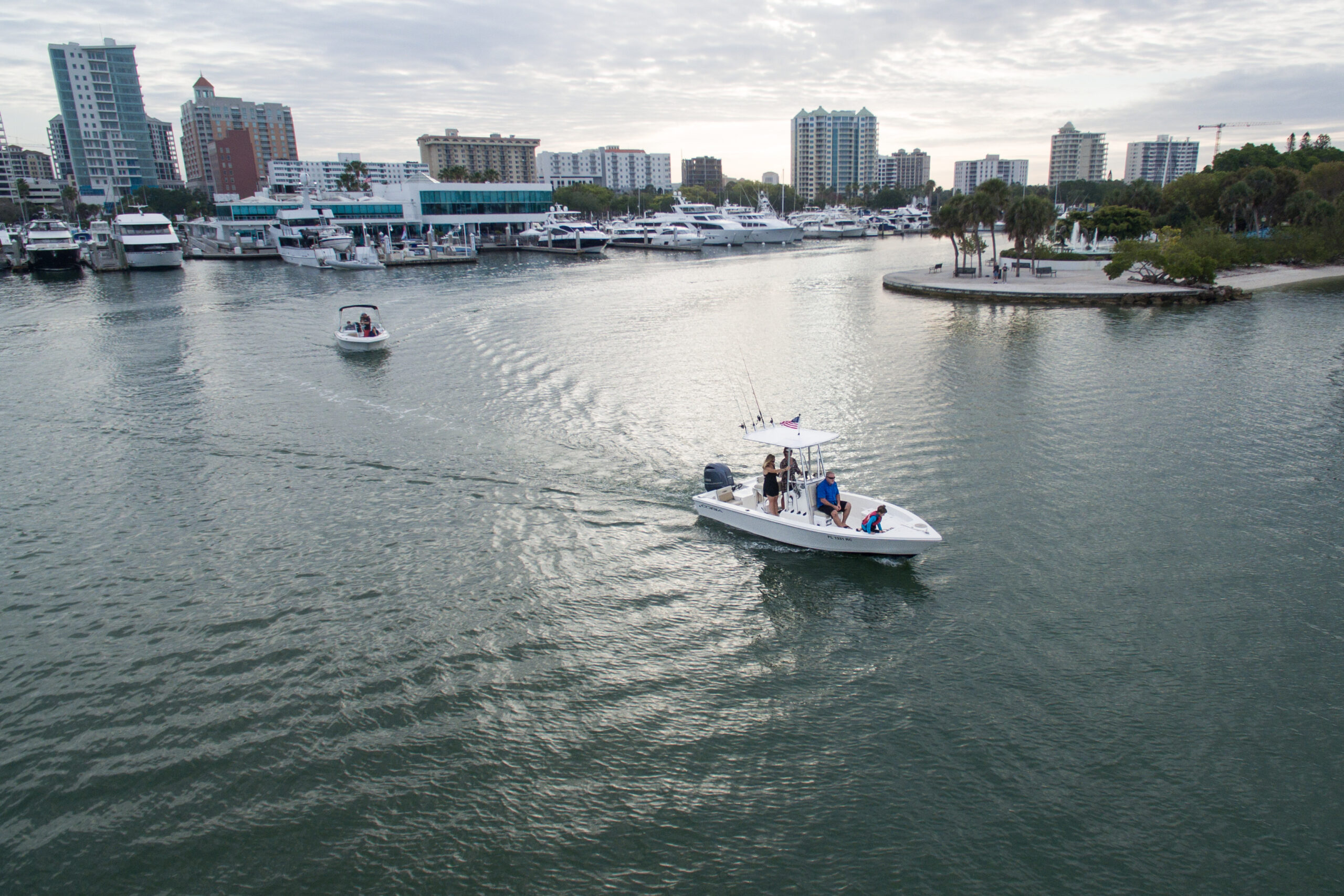Your service department holds the key to a quality customer experience.
With the twists and turns of every new season, the needs and demands of boater buyers and owners change. These evolving needs, of course, are brought on by the ever-changing economy, technological advances, product development, consumer sentiment and satisfaction, and experiences found elsewhere in the market place.
For dealerships like yours, it can feel impossible to stay up to date and meet the sometimes-insane demands customers place on you and your team. Nowhere is that more evident than in your service department, where you feel handcuffed by unavailable parts, worldwide supply chain issues, and not enough technicians to go around. Yet the market place has conveniently timed those issues with the reality that everyone wants a boat and everyone who has a boat seems to have a service issue that needs rectified TODAY.
The whole mess is enough to make you second guess your career decisions, but I digress.
As the market place changes with those evolving needs, so should your focus on where to improve your go-to-market strategy. Today, partially due to the issues outlined above and partially due to the fact that your sales department is selling everything it can get its hands on, that means putting the focus on strengthening your service department.
Assuming you don’t want to philosophically rethink your entire service department by asking the one question this dealer asked, you can make an enormous impact simply
Repair event cycles time is defined, most simply, as the amount of time it takes to repair a service issue and get customers back on the water. For some dealers, that means the time between drop-off and pick-up; for others, it means from the opening of an RO to closing it out and accepting payment.
How, exactly, you measure it is not as important as just making sure that you are measuring it, and more importantly that you are working to shorten the amount of time it’s taking to get customers back on the water.
Caption: This chart above shows the average number of days between the write-up and the close-out of the average repair order in the boating industry over a 12-month period from April 2020 through March 2021. These benchmarked statistics are being used to drive change in the boating industry. How do your numbers compare?
The chart should be enough evidence to convince you that we need to do better. If not, a recent survey MRAA conducted in partnership with the Recreational Boating & Fishing Foundation and Discover Boating, notes that one of the top two drivers of dissatisfaction among boaters who purchased their boat over the past couple years was the total turnaround time to get a boat in and back out from a service appointment. (For more insight into what’s happening with RECT at the dealership level, check out this study, too.)
I get it, and you get it. There’s a lot of factors working against you in this realm. The customers don’t get it, though, and candidly, I’ve heard many dealers report that their customers don’t care about supply chain or workforce shortages. All they care about is having a boat that runs.
The best dealership and service department managers will work to shield their customers from the ongoing, behind-the-scenes challenges we face, and rather, will work to instill better steps and efficiencies into their systems and processes. And the best managers will communicate in a much more proactive fashion like this dealer did.




